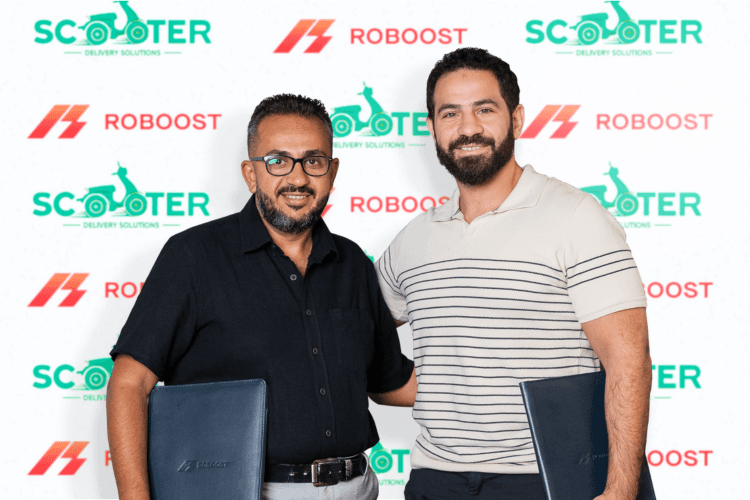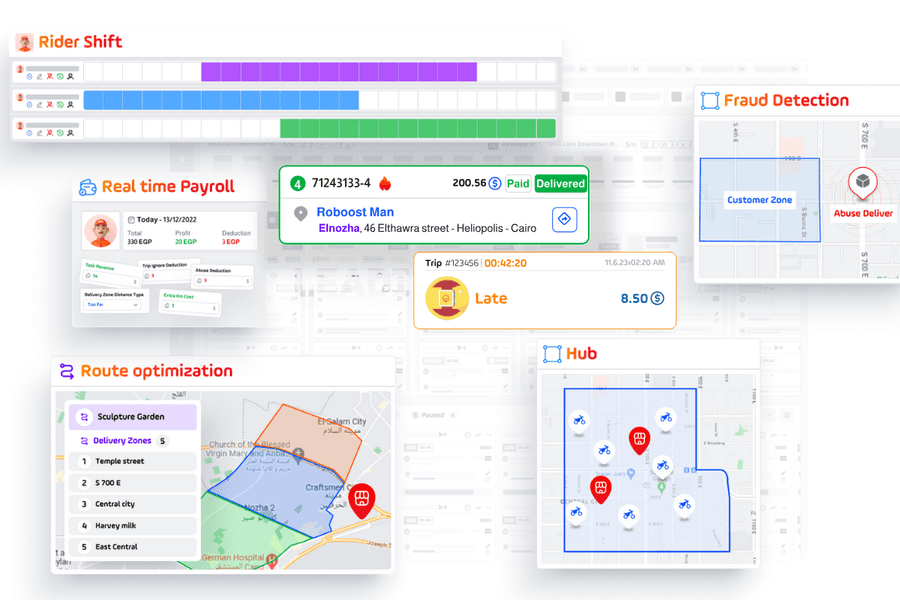May 18, 2025
The Challenge of Modern Last-Mile Delivery
The modern delivery landscape is more demanding than ever. Customers expect faster, more transparent service, while last-mile costs continue to climb, often accounting for over half of total delivery expenses. Urban complexity only makes it harder. For businesses aiming to grow, scaling delivery efficiently under these conditions is a serious challenge.
Route Optimization: A Necessary but Incomplete Piece
Many operations turn to route optimization, believing that calculating the shortest or fastest route is the key to efficiency. But at Roboost, we’ve seen how this narrow focus misses the bigger picture.
Route optimization is about generating the most efficient sequence of stops for a delivery vehicle. The goal: minimize distance, time, or fuel cost.
To do this well, optimization software needs quality input: accurate geocoding, time windows, and sometimes traffic data. But even then, the result is often incomplete.
Why Route Optimization Isn’t Enough
Routing alone usually ignores critical real-world variables — like
Order Type: Should a hot order go with a cold one?
Customer Priority: Should a customer with a complaint be served after or before a new one?
Rider Skills: Would it be better if a rider who speaks a foreign language deliver to a hotel?
Vehicle Type: Should two bikes be sent when one van could handle the load more efficiently?
branch workflows, fleet diversity, customer preferences, or priority handling. These gaps mean the route might already be flawed before drivers even leave.
And once the route is in motion, Optimization alone
Doesn’t track drivers
Doesn’t handle disruptions
Doesn’t update customers
That’s because optimization is only one piece of the puzzle. To truly master last-mile delivery, you need a system that manages the entire journey.
Automated Route Management: The Full Delivery Lifecycle
At Roboost, we look at routing as one part of a much bigger process. Automated Route management is the system that runs the entire delivery operation:
Auto Dispatch: Starts with validating orders, matching the right drivers and vehicles, and assigning orders instantly considering many factors like, driver status and skills, order type, vehicle type, and customer priority
Optimization: Generate the route, factoring in real-world constraints
Operation Monitoring: Track every order live with clear insights to handle issues as they arise
Customer Communication: Share live locations, ETAs, and order updates
Analytics: Measure cost, delivery time, driver performance, and more
Automating dispatching decisions is the real game-changer. Effective routing cannot exist in isolation, it must integrate seamlessly with in-store operations and align with your specific business priorities. When these critical factors are overlooked, you're left with technically "optimized" routes that fundamentally clash with your business realities.
The consequences are clear: either your team must manually override the system (introducing inconsistency, human error, and operational bottlenecks), or you accept routes that may be mathematically efficient but ultimately compromise customer satisfaction. True delivery excellence begins with smart, automated dispatch that considers your complete operational context before the first route is ever calculated.
Scaling with Confidence
As your delivery volume grows, relying on optimization alone will break under pressure. More orders, more drivers, and more exceptions overwhelm manual systems. Delays rise. Customer experience drops. Operations stall.
Everything we’ve described isn’t theory, it’s how Roboost opertes today. Our platform was built from the ground up to automate and optimize every stage of last-mile delivery.
Remember route optimization helps you draw the map. Route management — with Roboost — helps you drive the journey. If you’re serious about scaling efficiently, cutting costs, and delivering a better experience, it’s time to go beyond jus route optimization.












